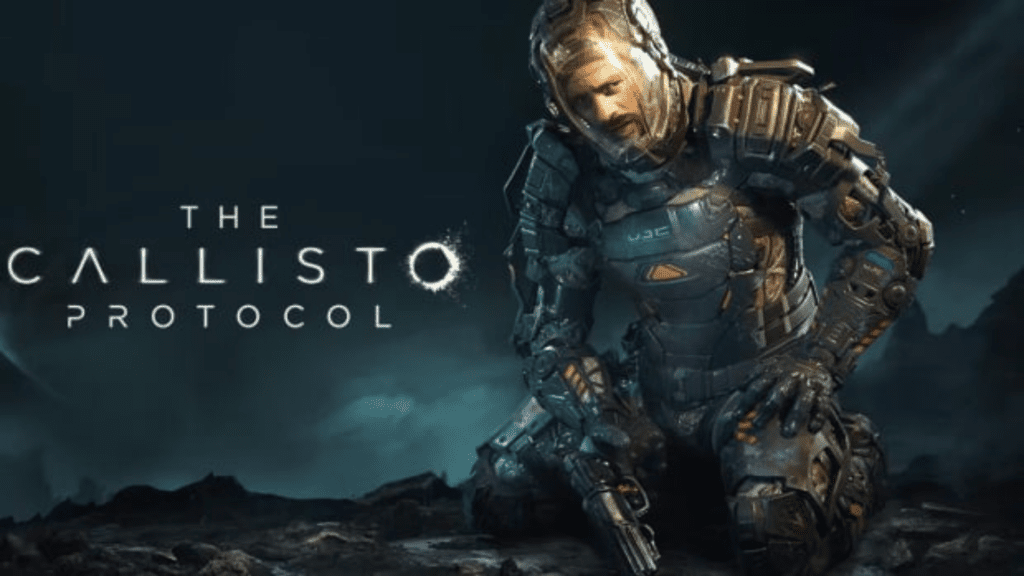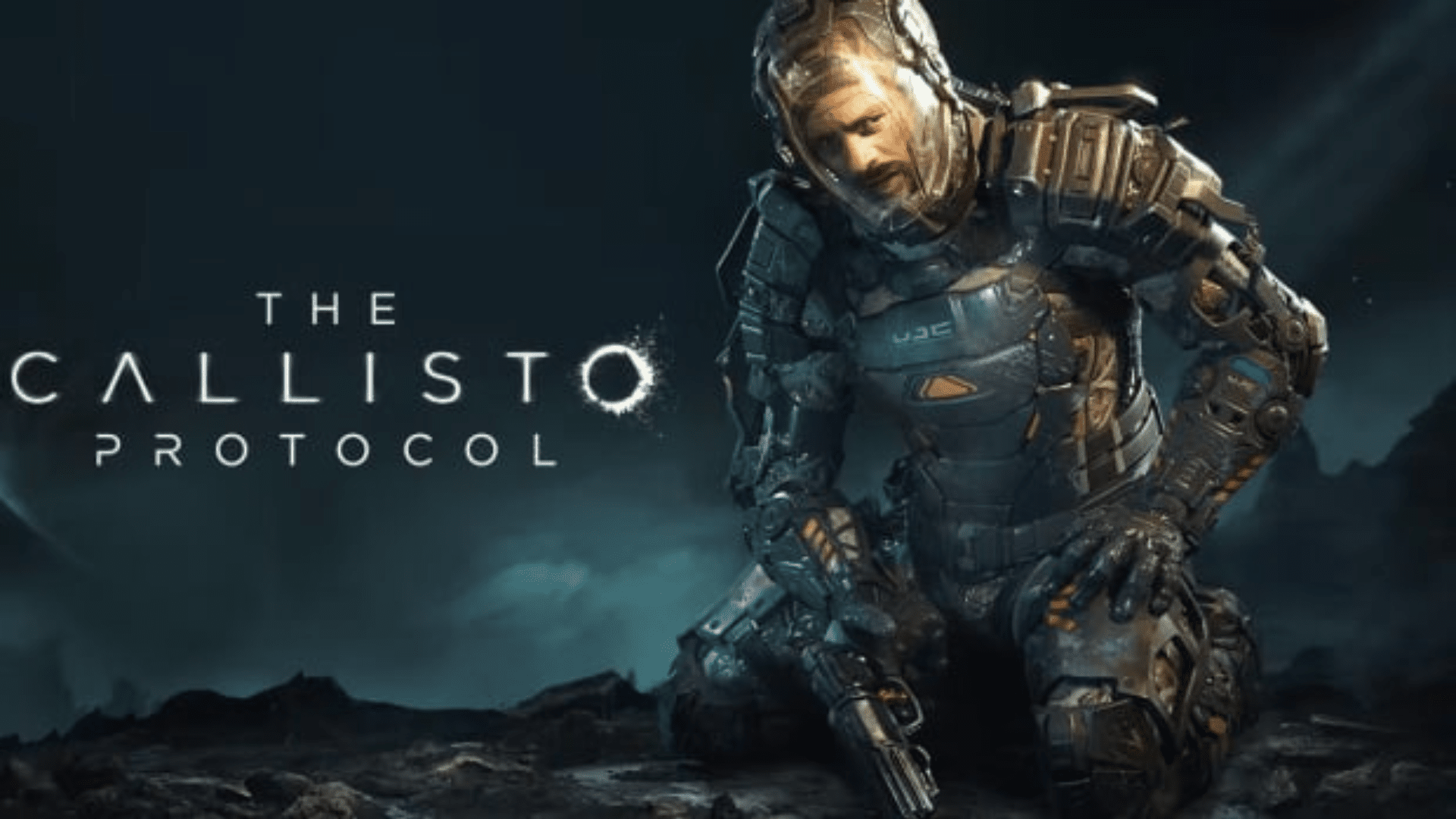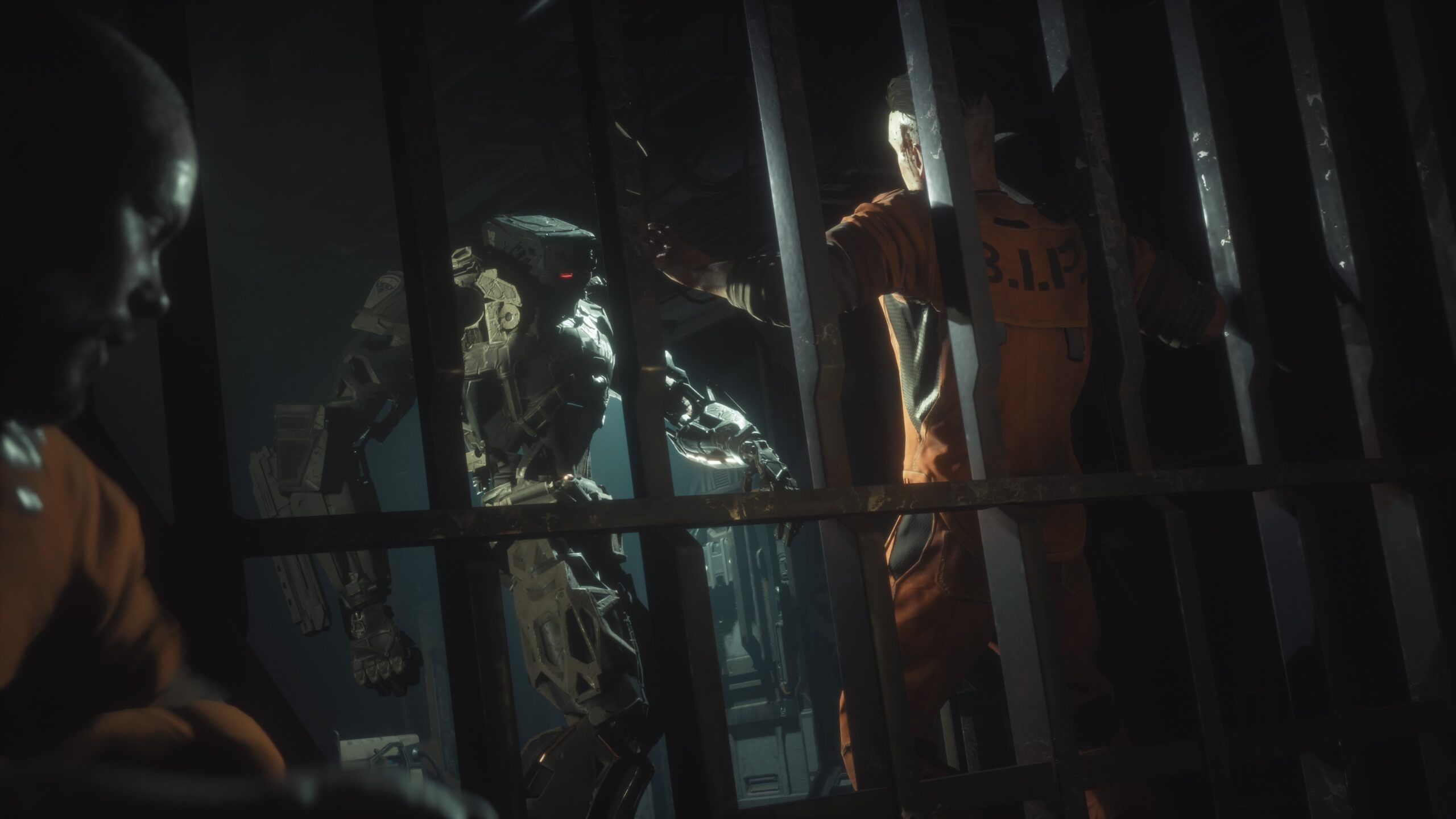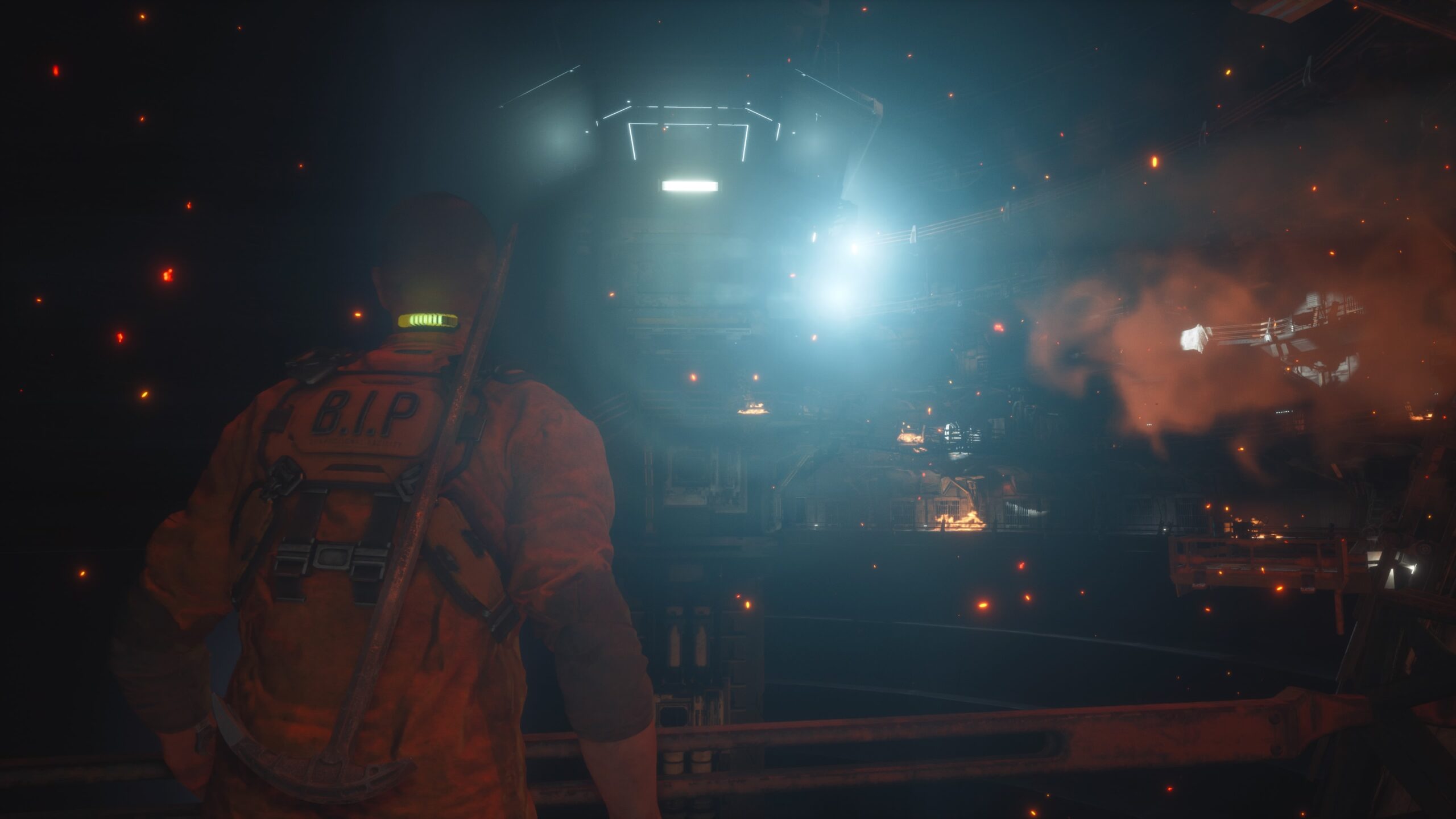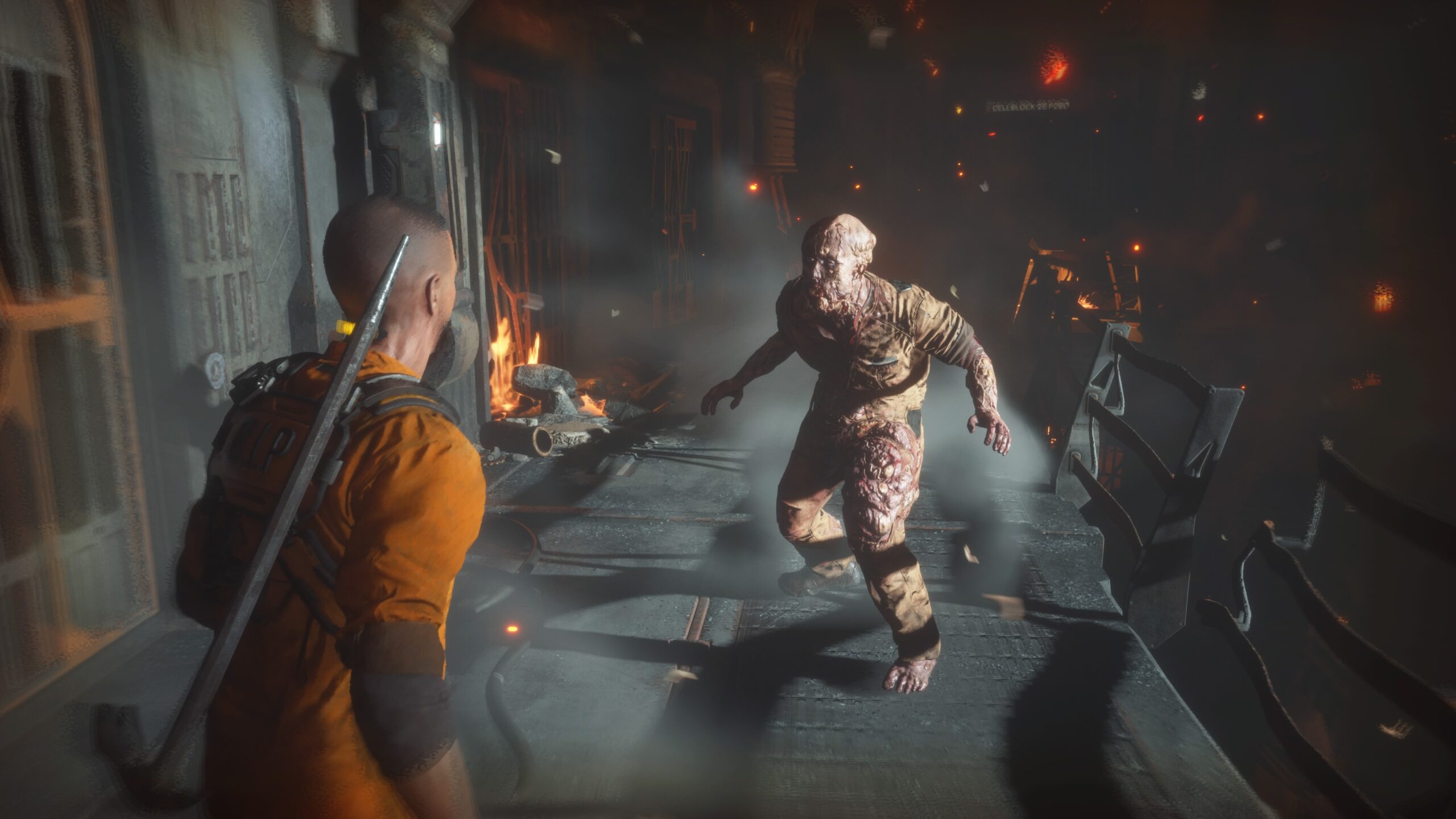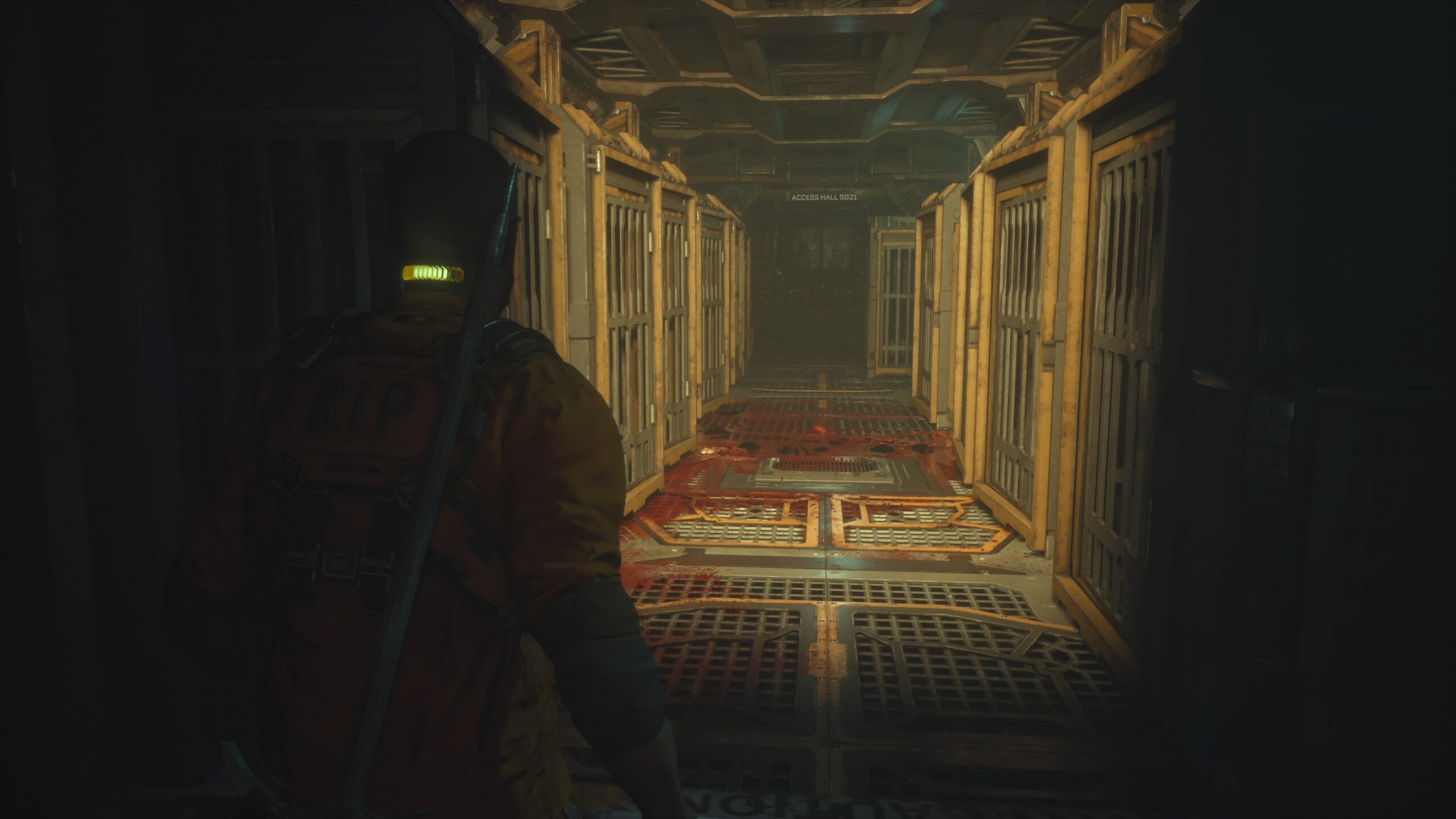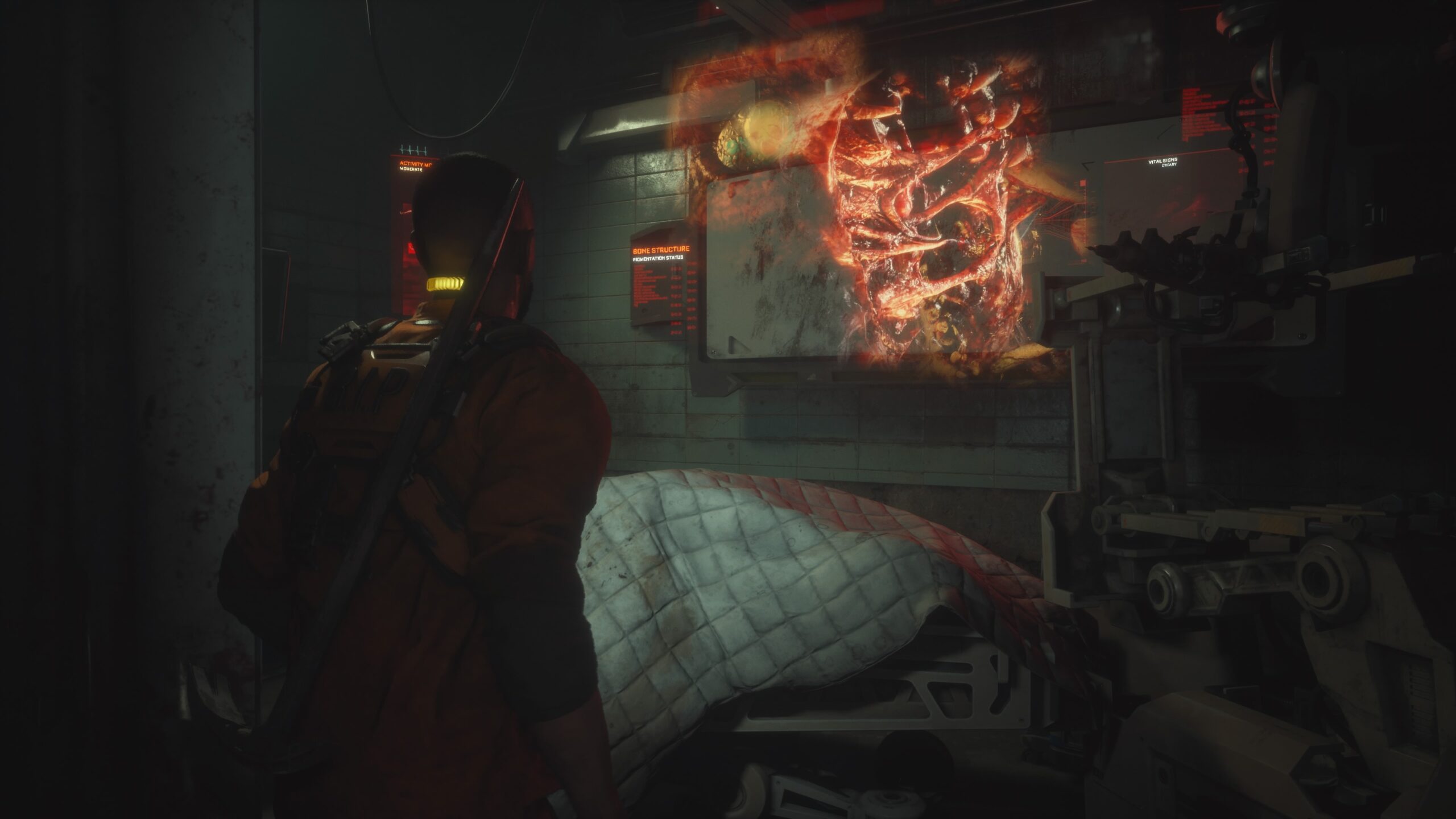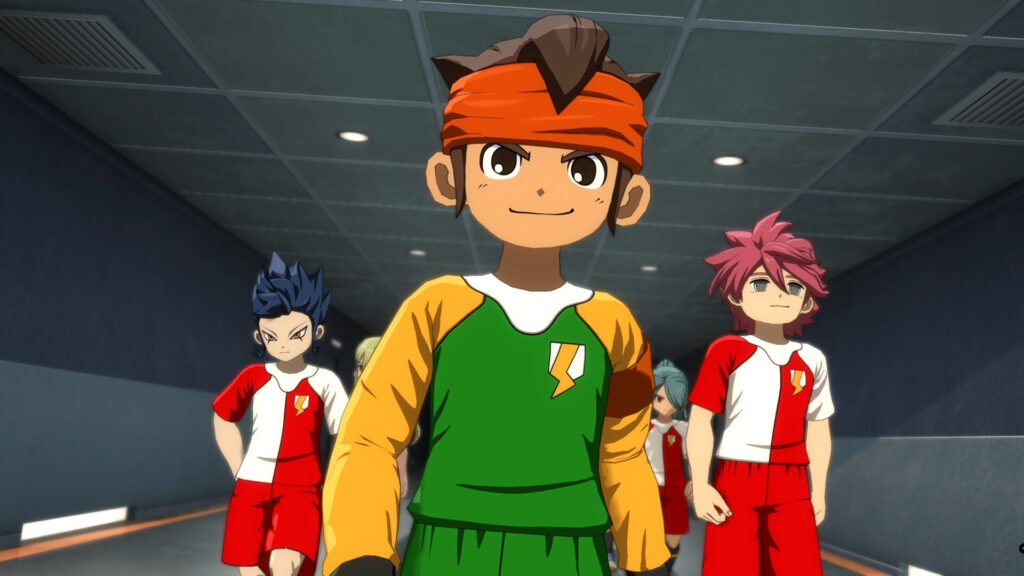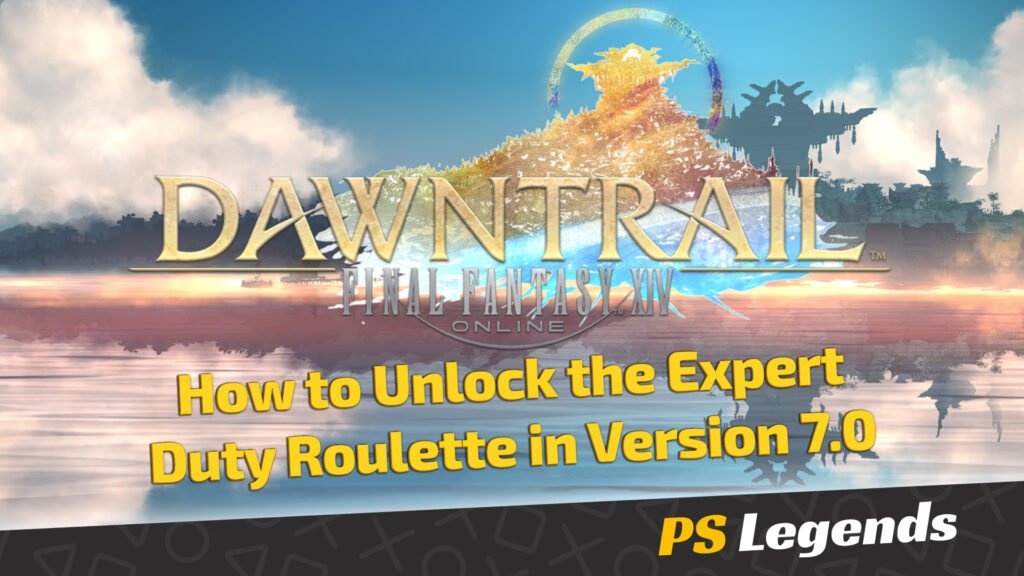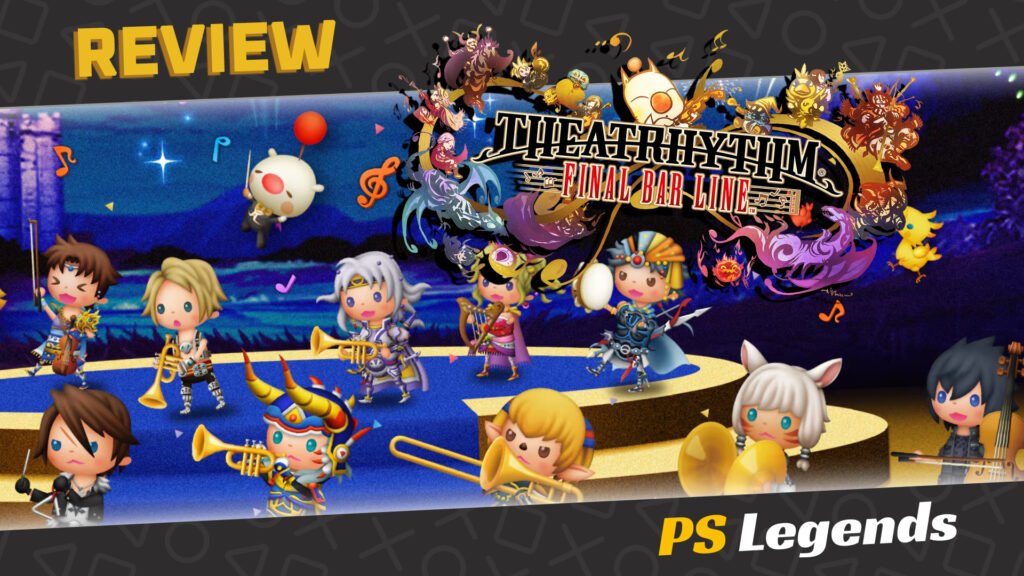Brought to us by the creator of Dead Space, Glen Schofield, does the 2022 PS4/PS5 Sci-Fi/Horror The Callisto Protocol consist too much of its predecessor’s DNA, or does it stand on its own two, frightening feet?
On This Page
Introduction:
There has been a screaming demand for a new Dead Space game pretty much since the first title dropped back in 2008. After seeing two sequel titles, DLCs, and spin-offs, none of which really captured that same immersive horror experience that made the original so special, lovers of DS1 became disenfranchised with the series and began looking elsewhere for their deep space scares!
With nothing filling the void, during The Game Awards 2020 came the news we had all been waiting for, a new Sci-Fi/Horror game was coming from the creative mind behind Dead Space, in the form of The Callisto Protocol! (In typical fashion, EA then decided to dull the excitement by announcing the next-gen remake of Dead Space!)
But does The Callisto Protocol, Glen Schofield’s latest Sci-Fi/Horror break enough away from the franchise that spawned it, or live in EA’s ever-looming shadow?
Story:
The story of Callisto Protocol follows Jacob Lee (brilliantly portrayed by Josh Duhamel) a space pilot who finds himself at the centre of a terrible, and terrifying plot by a prison warden, on the aptly named planet Callisto. He takes it upon himself to put an end to the plot, and just try to survive what becomes his personal hell.
After his ship carrying dangerous cargo crashes and his co-pilot, Max, dies a very gruesome death, Jacob and an unnamed female are taken to Black Iron Prison, where it very quickly becomes apparent that not all is okay at the prison.
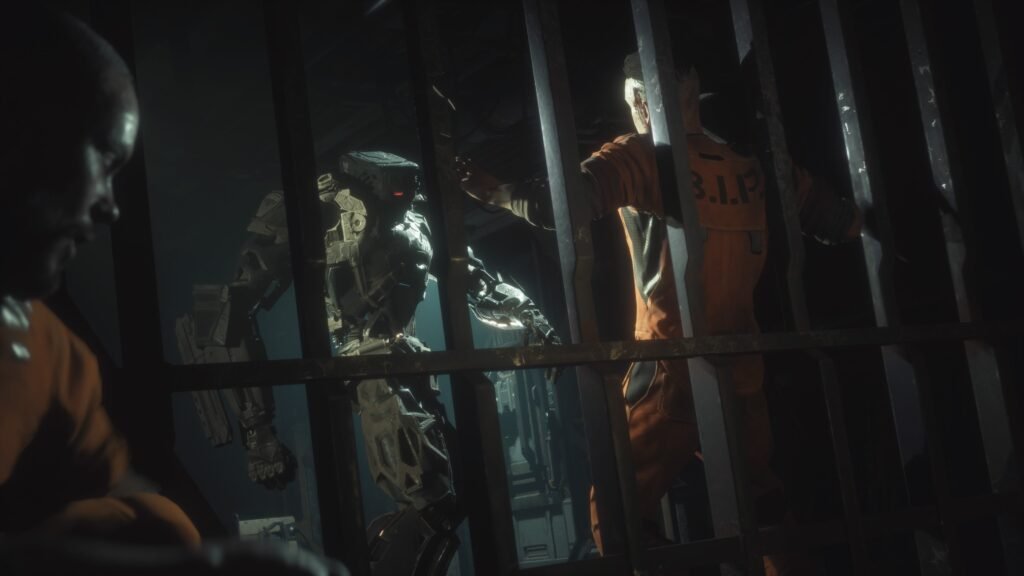
Through cinematic cutscenes, a balletic approach to combat, and too many railroading pathways, Jacob Lee begins to uncover the deadly truth behind what at first appears to be a pandemic at Black Iron Prison. The Callisto Protocol feels very much like cinema at times, it wants very much to immerse its players in the moments they create through their actions, and in some ways, it works… while some may argue it’s not enough to stand this Dead Space re-skin on its own feet, this reviewer positively disagrees.
Jacob meets several individuals on his journey to escaping and uncovering the truth. From the fellow inmate and early saviour, Elias, to the mysterious antagonist turned ally Dani – Jacob is often aided, getting him out of the tightest spots. It turns out there are also people standing in his way, from the extremely fiercely dedicated Captain Ferris to the cultish Warden Cole who it turns out plotted the whole incident at Black Iron, the characters whilst few all serve a great purpose in the narrative storytelling.
On the characters and the cinematic feeling of the game – the acting is definitely worth mentioning as one of the most enjoyable aspects of The Callisto Protocol. There are great supporting performances from Karen Fukuhara (Suicide Squad; The Boys) as Dani, Sam Witwer (Star Wars: The Force Unleashed) as Cpt. Ferris and James C. Mathis III (LEGO Marvel; God of War: Ragnarok) as Warden Cole. Huge credit does have to go especially to Josh Duhamel delivers an exceptional VO and face-capture performance, and elevates the jeopardy and tension felt by the player, arguably at times more than the gameplay itself!
The game takes Jacob on a perilous journey of discovery and self-reflection, culminating in a dramatic and unexpected conclusion – one which can only really be appreciated, as with so many games of this nature, by grinding and surviving to that end-game sequence, yourself.
Gameplay:
There is a lot to enjoy about The Callisto Protocol on the one hand, with original melee combat, an arsenal of upgradable weapons, and a simple UI system that doesn’t take a tonne of getting used to. On the other hand, there is a lot left to be desired with restrictive map designs, repetitive AI behaviours, and a difficulty arc for bosses that leaves a bitter taste. There’s also the Dead Space-shaped elephant in the room…
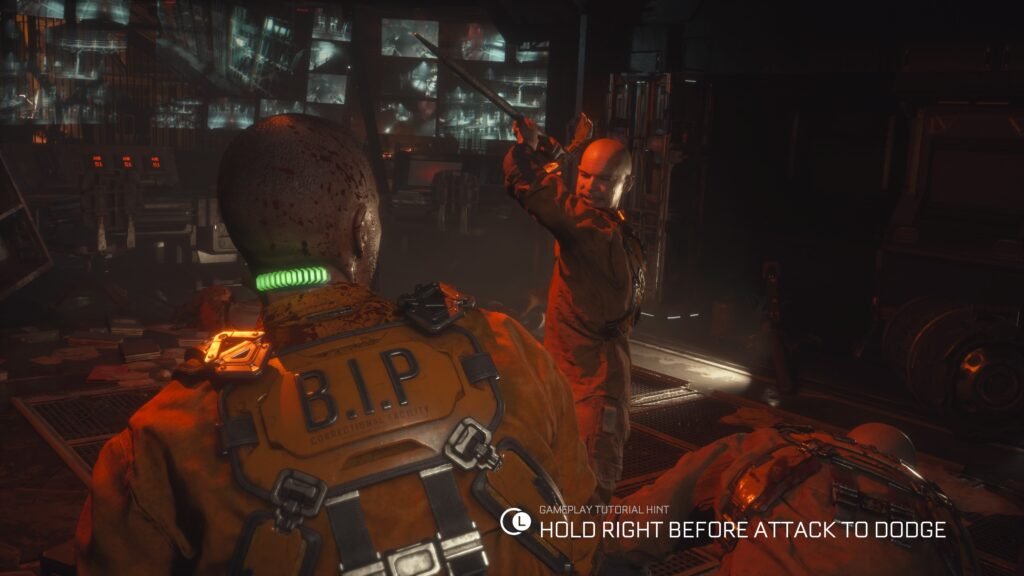
Focusing on the positives, we’ve already talked a lot about the cinematic feeling of the game in cutscenes and aesthetics, but that experience also melds into the rather unique melee combat style. As you engage in melee combat, the camera becomes a lot more focused. You need to use the Left Analogue stick to shift and dodge attacks, but that doesn’t mean you stand still in between, you can continue to strafe left and right as well. If you think it takes some getting used to you’ll be pleasantly surprised, the only time you become annoyed is when you inevitably back yourself into a corner whilst not watching where you’re going! This may put off some people, especially in the more cluttered corridors and tight rooms, but you soon adapt and learn to look for those clear spaces to fight.
When it comes to weapons, whilst the base models are closer to what you’d see in a modern action game than a Sci-Fi shooter, each weapon comes with a unique upgrade tree that allows for those more WOW moments. Most of all, when it comes to UI and interactive button mapping, I found that everything just made sense. The Arrow buttons all serve a clear purpose, every standard action is mapped as you’d expect, and the ‘menu’ function allows quick and clean switching from function to function without loading times or pages.
On the flip side, there are some flaws with the game, and some rather infuriating ones at that… the largest complaint that I and many others have is that the whole game is played on a railroad of a map. This would not be so bad if there were areas to explore and a clear guidance system (a lot like a very similar Sci-Fi/Horror game!!) which meant you could confidently take a left turn and explore one of very few extended areas in the game, but sadly the first time you discover you’ve taken the intended path to further the game is when you see a cutscene, followed by a permanently locked door behind you. Again railroading is very important to keep a game moving at pace, there’s no argument there, but railroading AND hiding what limited extended areas for exploration there are, just feels mean.
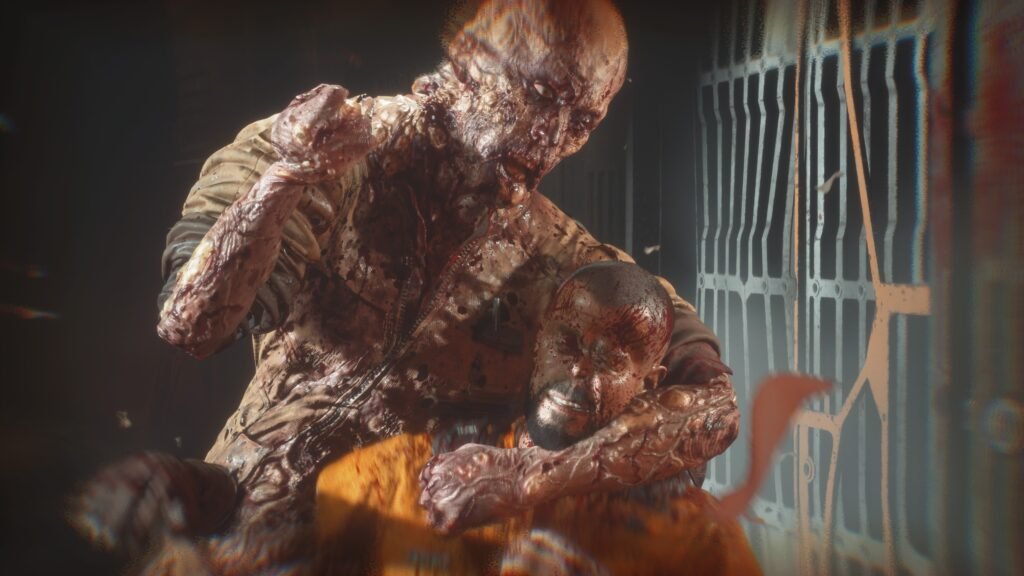
As with any action game that includes melee, watching and learning AI behaviours are crucial to survival when it comes to a game like The Callisto Protocol. The problem is that too many of the regular foes you encounter in the game only seem to have 2 or 3 kinds of attacks programmed – a single or a multi-attack, or a biting grapple. It does mean you become very adept at defeating them, but after a few hours, it does become repetitive. Then you get into boss fights! Now it’s worth noting that there are not many bosses that you fight when it comes to variety, just two in fact – a two-headed brute that just won’t take no for an answer, and an extremely unpleasant mutated version of one of your early foes. From nowhere you leave the atmospheric horror game you’re playing, and find yourself in the middle of what feels like a Sci-Fi Souls-Born dodge frenzy where you have a millisecond to react! Every boss is beatable after a few failures, the shock wears off and your instincts kick in once again, but some of the fights feel really out of place and veer too far off the difficulty path.
So yes there are flaws, some of which will put some people off, but there is a lot here for players to enjoy!
Sound/Graphics:
Simply put, the aesthetics of the game are exactly what you want. There’s an eerie ambience, constant screaming and dying, and plenty of effective use of sound to create tension and of course jump-scares. Music plays little part in the game, which is a solid choice within the horror franchise because you want nothing to water down the experience of those behind-the-door jumps, those pounding footsteps coming closer to you from above, the faulty machinery- all of the ways that The Callisto Protocol creates an audible experience. Visually, the world is vividly created, especially throughout the Prison zones you pass through. Each one has a distinct feel, that actually lessens the blow of finding yourself on a linear path somewhat.
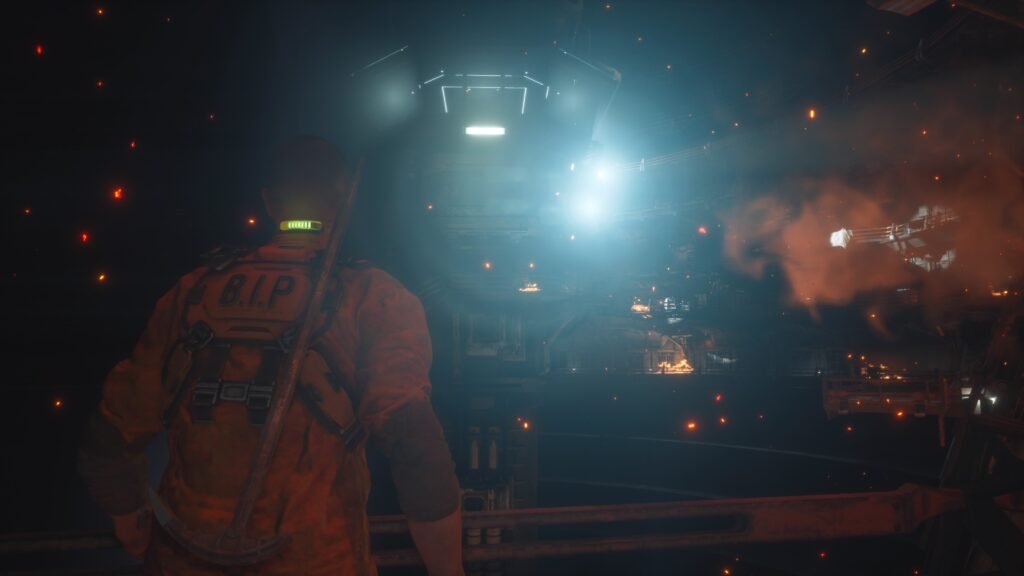
The cutscenes (I know, here we go again with those bloody cutscenes!) are fantastic, and really cash in on the A-List cast that was bought in to play the characters, and the spectacle of everything in front of you is great. This brings me to the only negative from a visibility perspective – games running through HDR and 4K need better gamma controls. The reason that I got to enjoy all of the work on that visual presentation was because the gamma on the game was practically turned up to the max. The default settings are DARK!
Replayability:
As with any game in this genre, there’s the scope for some replayability, but what makes you want to pick up The Callisto Protocol again? You get the now-expected New Game + giving you all your old equipment and the upgrades, there are then two different modes that have been introduced in patches. Contagion Mode amps up the difficulty to new extremes, and Dismemberment Mode absolutely screams inspiration from its predecessor title, where you can just shred enemies limb from limb. Both modes give a slight edge on the standard game, but neither changes any core qualities.
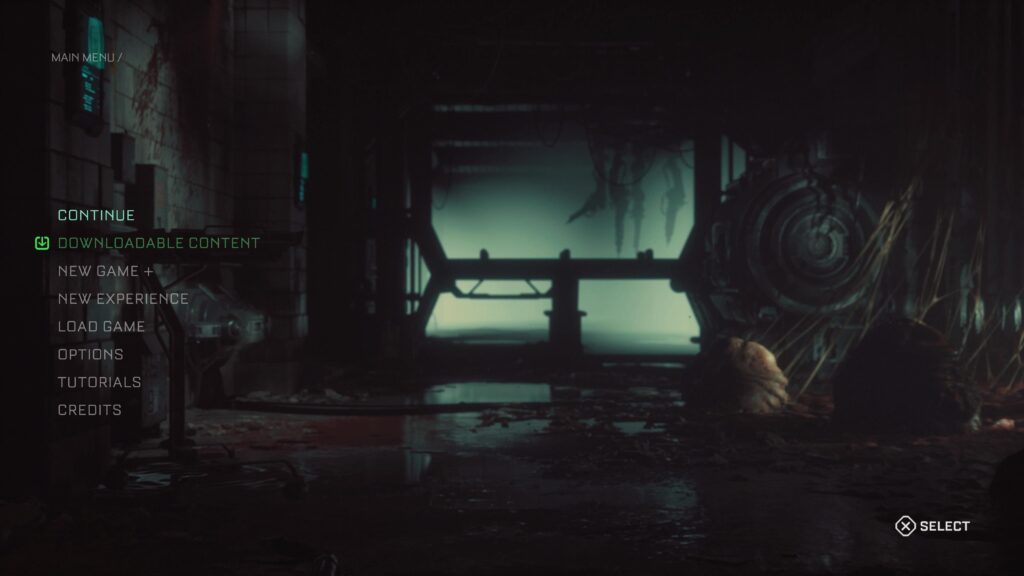
For those Platinum trophy hunters out there, you should have no problem achieving 100% with just two playthroughs, one of course being on Maximum Security difficulty!
DEAD SPACE:
Now, onto what sits at the core of the conversation with The Callisto Protocol. Does this game stand on its own two feet or is it just a Dead Space clone, from the creator of Dead Space?! Straight away it’s clear there are similarities, quite a lot of similarities. From the GRP tractor beam to humanoid monstrosities running amock on a distant setting. The game genres are similar, the health meters are similar, the jump scares are similar, hell there’s even a similar feeling in the NPC characteristics… but The Callisto Protocol can’t help but make sure it gets back up from being shoved to the ground by EA. The narrative, whilst a little predictable is strong, the performances by the cast are very commendable, and the story of a psychotic person of power yielding terrifying results, whilst wrapped in a Sci-Fi vinyl still has some rings of the landscape we find ourselves living in today.
Does The Callisto Protocol beat the original Dead Space, personally I don’t think anything will ever achieve that, but is it better than some of the latter titles, and is it different enough, I think so!
Conclusion:
To summarise, The Callisto Protocol does great at creating the tense atmosphere that you long for in a game like this but fails to deliver a truly unique gaming experience that we’ve never seen before… If it has been on your radar though and you’re unsure whether to try it, it is one of October’s games of the month for PSPlus subscribers so there’s never been a better time to try and survive the planet Callisto!
Joys
- Atmospheric setting
- Cinematic experience
- Unique melee combat
Cons
- Linear level designs
- Limited replayability
- Similarities to Dead Space
